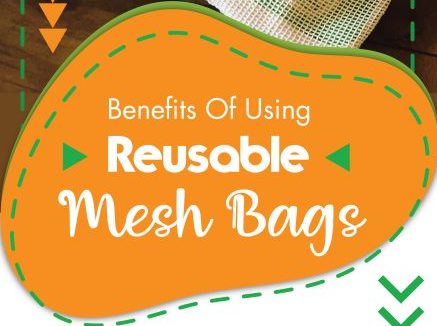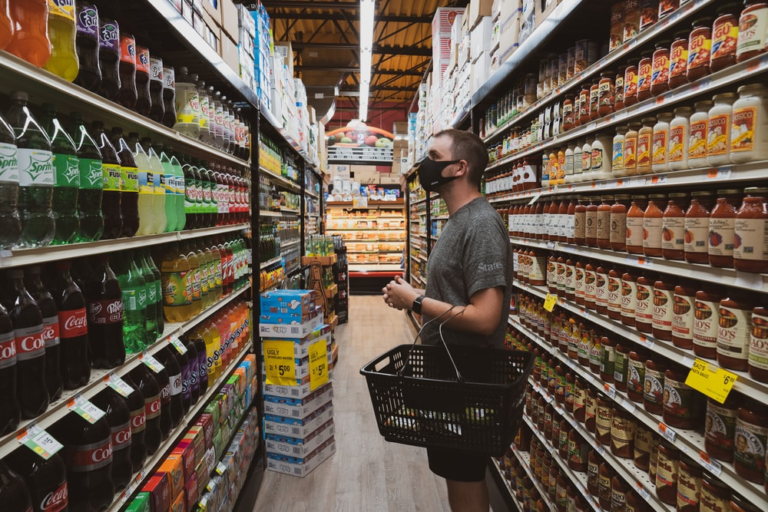
5 Benefits of Using Compartment Shopping Bags
Are you fed up with regular shopping bags? Here are some benefits of compartment shopping bags that’ll compel you to purchase them!
Imagine hundreds of plastic bags start falling from the sky right now like rain. You’re likely to get worried. However, what if we tell you to multiply this amount by a million? Sounds impossible, right?
Unfortunately, it’s what’s currently happening in the world. The number is actually equivalent to how much microplastic falls from the sky every year in 11 United States’ national parks and wilderness areas. This means that no place is safe from plastic as these are some of the most isolated areas in the United States.
Today, plastic rain affects some of the most pristine and remote wilderness areas across the globe. So, what is plastic rain, and how does it affect us? Moreover, can methods like buying reusable grocery bags and cups help curb plastic rain?
Here’s everything you need to know about the phenomenon dubbed “the new acid rain.”
In order to understand plastic rain, we need to know how plastic gets there in the first place.
Plastic is a non-biodegradable material made of finite and non-renewable sources of crude oil. This means that most plastics are made from propylene, a component of petroleum. When heated in the presence of a catalyst, propylene’s individual chemical monomers bond together with carbon-carbon bonds. As a result, we have polypropylene, a long chain of polymer monomers.
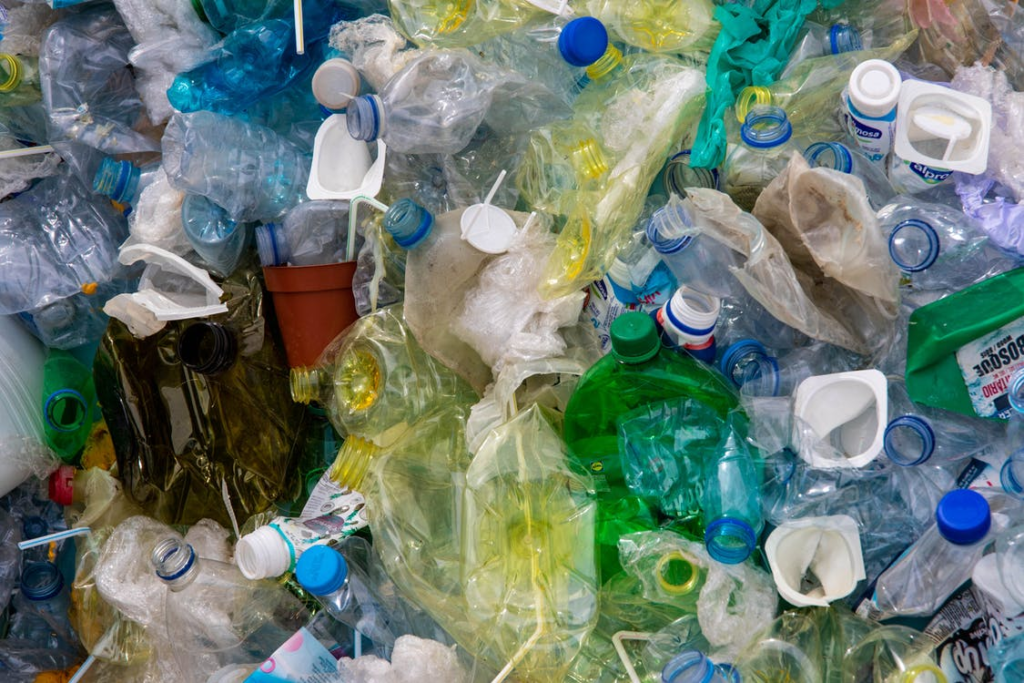
This makes plastic unnatural and strange to organisms responsible for decomposing things. These include microscopic and non-microscopic organisms like bacteria, protozoa, fungi, detritivores, etc. They’ve evolved over the course of billions of years to attack specific types of bonds that we can find in nature. For example, they can easily break down wood. However, it’s not the same when it comes to polypropylene and its carbon-carbon bonds.
As a result, plastic doesn’t biodegrade or decompose in the soil or in the oceans. Most plastic waste ends up in landfills or the oceans where they don’t decompose for hundreds of years. To put this into perspective, at least 11 million tons of plastic enters our oceans each year to never biodegrade.
Eventually, when plastic products do decompose, they don’t just disappear from the environment. In fact, every piece of plastic product ever produced is still present in the environment since mass production first began. So instead of decomposing, they break down into microplastics.
So, how do these microplastics rain down?
To put it simply, since plastic products aren’t properly disposed of or decomposed, their particles get carried by the wind, rain, etc., to other areas. Some also attach to rainclouds. As a result, we get plastic rain. Since plastics are resilient and hard to get rid of, one piece of plastic can result in numerous pieces of microplastics.
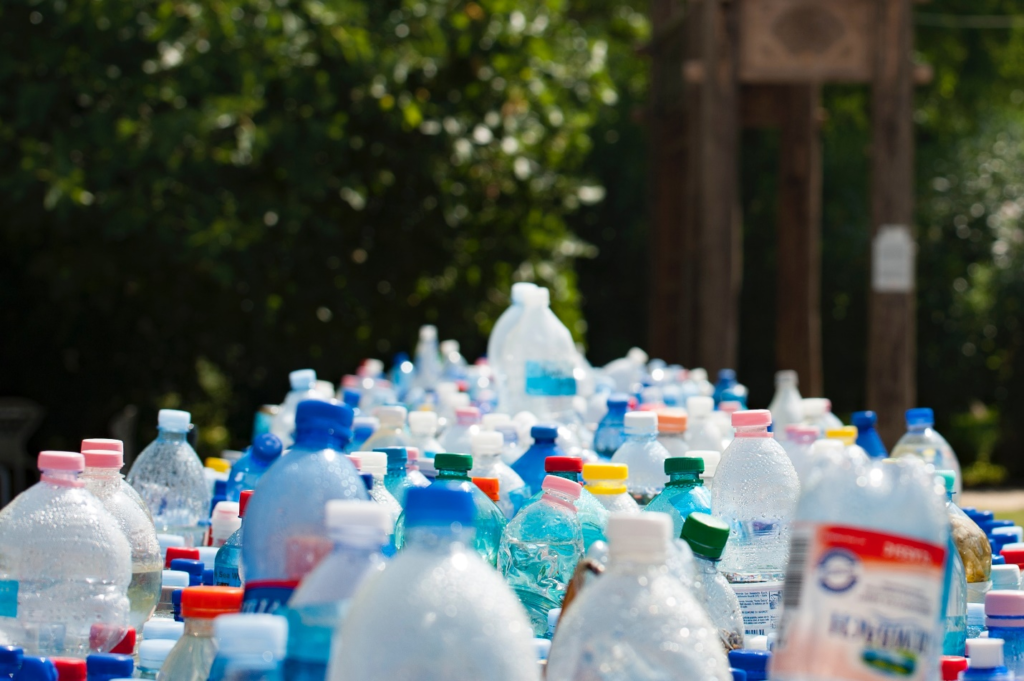
A research team led by the Utah State University scientist found surprisingly large quantities of microplastics in samples of air and rainwater. This means they found tiny and even microscopic particles of plastic in 98 percent of the samples gathered in the course of a year. These samples were collected from eleven locations only in the western part of the United States. It’s estimated that winds carried the smaller particles, while the bigger ones were collected in water.
As their name implies, microplastics are minuscule particles of plastic that occur after plastics break down in landfills and oceans. According to their official definition, they should be approximately less than 0.2 inches (or five millimeters) in diameter—this makes it smaller than most beads used in jewelry.
These microplastics result from a variety of different sources. Though we still don’t know the full details on microplastics as well as their impact on the environment, we understand there are two types of microplastics. These are classified as primary and secondary microplastics.
Microplastics come from tiny particles. These are manufactured to be a certain size for a particular purpose. One of the most common types of these microplastics is microbeads. You’ve probably read or heard about them in commonly found toiletry, cosmetic, and detergent items. That’s because microbeads are present in toothpaste, certain face washes, exfoliators, face scrubs, detergents, some cosmetics, etc. Another type is microfibers which are shed from clothes and other textiles like fishing nets.
Microbeads are manufactured from polyethylene (or polypropylene, polyethylene, etc.). These are incredibly harmful to the environment and come with numerous negative consequences. That’s why it’s not surprising that multiple countries across the globe have banned them altogether. This includes the United States with the 2015 Microbead-Free Water Act.
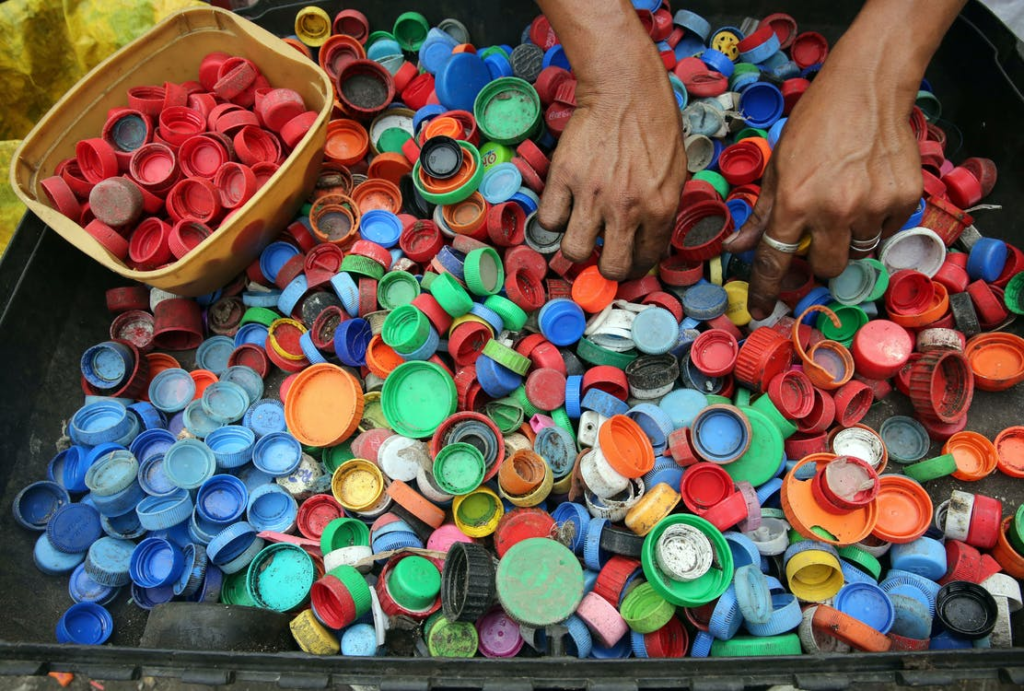
Though they’re called primary microplastics, they account for only 2 percent of all microplastics released into the environment.
Secondary microplastics are particles that result from larger pieces of plastics breaking down over the course of time. This process occurs due to external forces like weather, sunlight, physical stress, etc. It happens because plastic waste isn’t managed properly and because most plastics aren’t recyclable. So they’re left to degrade in the environment, like the garbage patches in the oceans. Unfortunately, it means that there is a lot of plastic in the environment that can convert into microplastics.
However, that’s not where it ends as microplastics degrade further into nanoplastics that can be around one-millionth of a millimeter.
Since plastic doesn’t break down, it ends up affecting our environment. You can find microplastics on the beaches in the form of small and colorful bits of plastic in the sand. In the oceans, they’re consumed by marine animals. In fact, microplastics have been found in a variety of marine animals ranging from larger species like whales to planktons. These microplastics can also bind with other detrimental chemicals. Unfortunately, standard water treatment facilities can’t eliminate all traces of microplastics.

Single-use plastic items are littered and carried by storms, winds, and water runoff into different areas of our environment. Once they degrade into microplastics and nanoplastics, they’re carried by the wind and plastic rain to even the most remote areas. Some are so small that even those found in the sea are picked up and carried over vast distances. Strong winds enable them to travel hundreds to thousands of miles. The rest can also end up attaching to rain-forming clouds and come down as plastic rain.
You can find microplastics on mountaintops, dunes in deserts, rivers and lakes, etc. In fact, worrying quantities of microplastics have been found in the Arctic seabed and ice.
Microplastics have also made their way into protected areas of the world via wind and plastic rain. Researchers found microplastics on eight Spanish beaches in 2019 that was under the EU Habitats Directive and Birds Directive special protection status.
Unfortunately, this wasn’t the only time researchers found microplastics in protected territories across the globe.
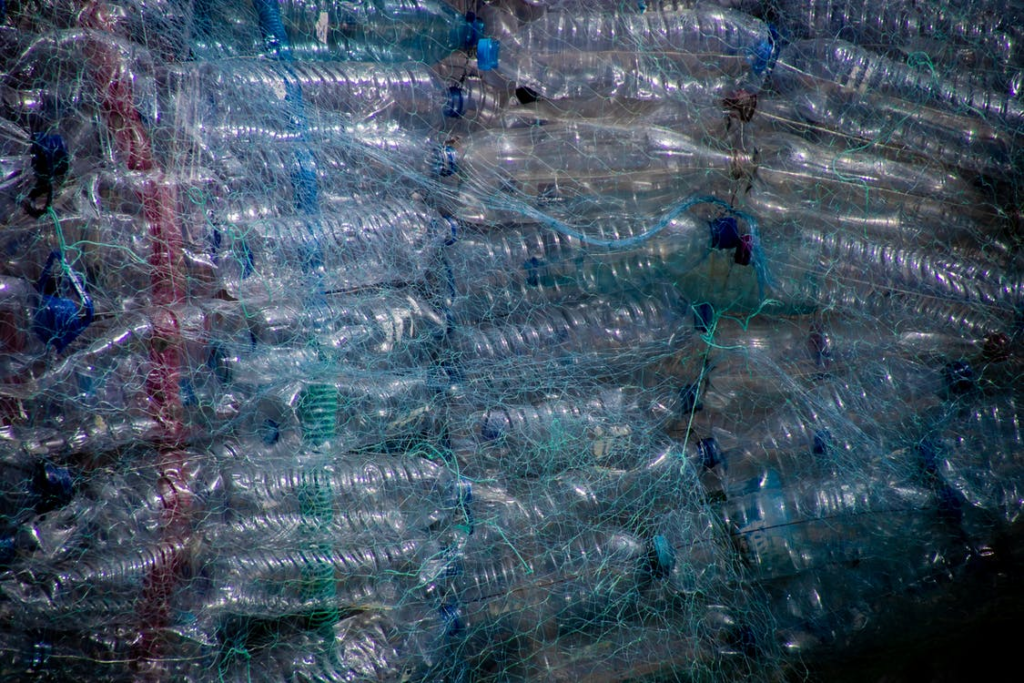
In 2014, scientists found microplastics on the 125 beaches of the Canary Islands. These included three of its Islands: Fuerteventura, Lanzarote, and La Graciosa. The most surprising discovery was that one liter of sand consisted of approximately 100 grams of plastic.
Researchers found microplastics falling from the sky in the Pyrenees Mountains in the southern part of France. They recorded a staggering quantity of a daily rate of 365 particles per square meter. The most surprising part was there were no immediate sources of microplastics for around sixty or more miles.
If that’s not enough evidence, scientists have located microplastics in the South Pacific coastal waters and the North Atlantic. It’s been found at the highest point of the world, Mount Everest, and the lowest part of the world, the Mariana Trench.
So, it’s safe to state that microplastics and plastic rain are everywhere in the world.
Researchers have been seriously worried about the effects of microplastics on the environment and our health for years now. Not only do these microplastics pollute our oceans, but they also endanger our marine life and can enter our food chain through them. Small animals eat these microplastics and then are consumed by larger animals. In this way, it’s been found in creatures ranging from crustaceans to even birds.
It doesn’t end there as plastic is toxic to them. Researchers have studied the effects of microfibers on marine mussels. The result was that animals affected by plastic can possibly have broken DNA. They’re also likely to have deformed gills and digestive tubes.

Moreover, a lot of these plastics also have additive chemicals designed to give products a longer shelf-life. According to a study, the consumed microplastics might end up in stomach oil in birds. The research was conducted on stomach oil from fulmars kept in jars and filled with microplastics. They found that many chemicals harmful to reproduction in fish and birds seeped into the stomach oil completely.
When plastics break down, it increases their surface area, allowing them to interact more with materials in their surroundings. Until recently, we assumed that sunlight and waves only break down plastics further. However, that’s not true as many marine animals can also break down plastics. Antarctic krill can break down microplastics into nanoplastics.
Microplastic isn’t just a problem that concerns marine animals; it’s also a hazard to our environment. That’s because microplastics in the soil, freshwater, and sediments can be detrimental to our ecosystem.
According to a study, terrestrial microplastic pollution is likely to cause underground species to decrease. That’s because plastic releases harmful chemicals in the soil that seep into the groundwater and negatively impact the species that drink that water.
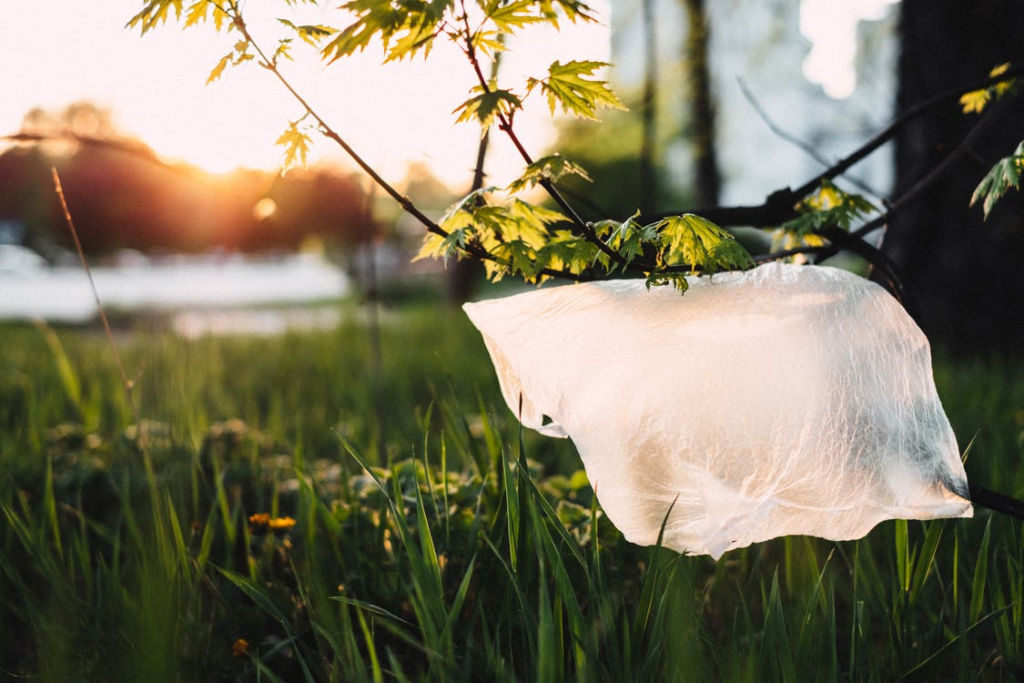
We’re constantly exposed to microplastics and nanoplastics due to winds, plastic rain, and other weather phenomena. However, most effects microplastics can have on us remain unknown.
Though what we do know is that we ingest microplastics as traces of microplastics have been found in our bodies. But do these particles remain in our bodies? Unfortunately, yes. Scientists have found traces of microplastics in bloodstreams. That’s because the smallest particles of microplastics and nanoplastics can bypass the gut barrier to reach the bloodstream. Once that happens, these particles are free to travel to any part of our bodies. This is alarming as scientists have found that nanoplastics can damage protein.
Microplastics and nanoplastics in plastic rain are detrimental to the ecosystem, marine life, and our health. That’s why it’s critical we make eco-conscious choices to curb plastic waste. There are many ways you can play your part, from picking up plastic on beaches and roads to buying eco-friendly reusable bags.

If you’re ready to make a sustainable change in your life, cut back on plastic and go for plastic-free alternatives.
When it comes to top-of-the-line eco-friendly cotton bags, consider the collection at Sammy Shopping Bags today!
Sammy Shopping Bags is a family-run green business striving to transform the world one reusable cotton bag at a time. In fact, their compartment multi-purpose shopping bags are highly durable, practical, eco-friendly, biodegradable, and 100% recyclable. They’re also reusable, so you can gently wash them by hand and reuse them for years to come. You can recycle or biodegrade them once you’re done.
You can shop their organic cotton mesh bags and wholesale organic cotton bags. Check out their store to purchase them now. Or contact them now to find out more about their products.

Are you fed up with regular shopping bags? Here are some benefits of compartment shopping bags that’ll compel you to purchase them!
